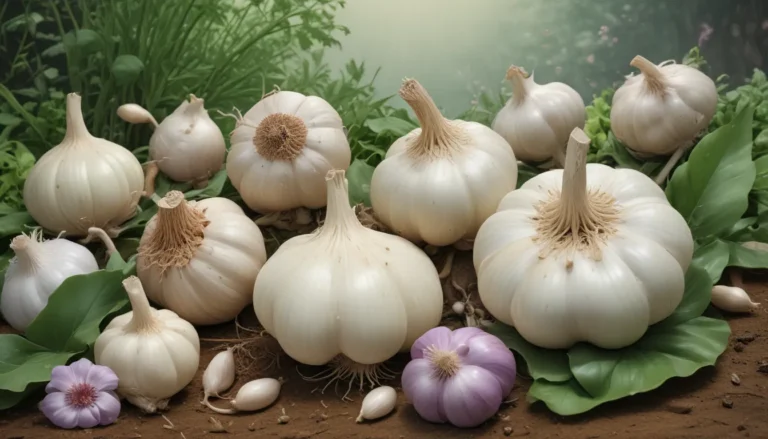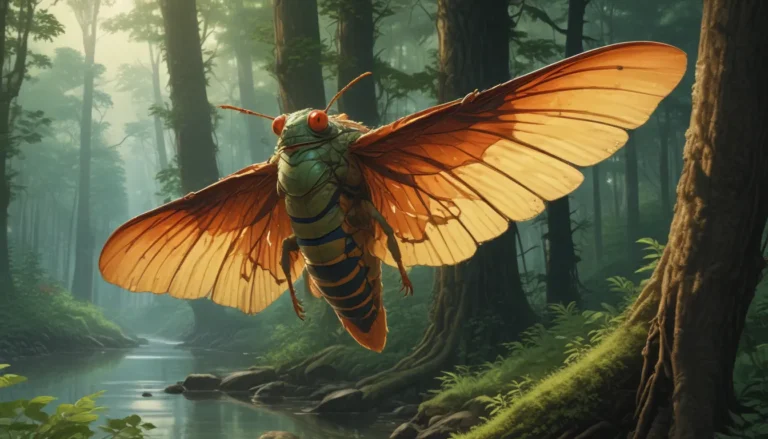A Comprehensive Guide to Identifying and Managing Common Pests of Christmas Cactus

When it comes to caring for your Christmas cactus, it’s essential to be aware of the common pests that can affect its health. These pesky intruders can cause problems ranging from stunted growth to yellowing foliage, root damage, and vulnerability to diseases like sooty mold. In this detailed guide, we will explore seven of the most common Christmas cactus pests and provide you with practical tips on how to identify and control them effectively.
Understanding Christmas Cactus
Christmas cactus, scientifically known as Schlumbergera spp., is a group of epiphytic tropical plants originating from South American rainforests. These delightful plants make excellent houseplants, and with the right care, they can bloom reliably year after year, adding a touch of festive cheer to your home.
Your Christmas cactus will thrive when placed in indirect sunlight, grown in organically rich, well-draining potting medium, and watered only when the top layer of soil feels dry to the touch.
However, even with the best care, pests can still find their way to your beloved plant. Let’s take a closer look at the most common Christmas cactus pests and how to deal with them effectively:
1. Aphids
- Identification: Soft-bodied sap-sucking bugs in various colors like yellow, green, pink, black, and brown.
- Symptoms: Yellowing and deformity of foliage.
- Control Measures: – Rinse the plant with water to remove aphids.
-
- Use sticky traps and soapy water to catch flying aphids.
-
- Apply horticultural neem oil or pyrethrins for persistent infestations.
2. Fungus Gnats
- Identification: Small flies that feed on decaying organic matter in soil.
- Symptoms: Larvae feeding on roots, stunting and wilting of the plant.
- Control Measures: – Use sticky traps to catch adult flies.
-
- Treat with beneficial nematodes or food-grade diatomaceous earth for larvae in the soil.
-
- Replant in fresh potting medium to prevent further outbreaks.
3. Mealybugs
- Identification: White, fuzzy insects that feed on sap.
- Symptoms: Yellowing and wilting of foliage, root destruction.
- Control Measures: – Rinse the plant to remove mealybugs.
-
- Wipe with rubbing alcohol or use neem oil for stubborn infestations.
-
- Systemic soil drench may be necessary for root infestations.
4. Red Spider Mites
- Identification: Tiny web-spinning bugs that prefer dry conditions.
- Symptoms: Discoloration and wilting of foliage.
- Control Measures: – Rinse the plant to dislodge mites.
-
- Apply neem oil or pyrethrins to foliage for effective control.
-
- Treat all nearby plants to prevent further infestations.
5. Soft Brown Scale
- Identification: Flat, yellowish-brown insects that suck sap.
- Symptoms: Yellowing stem segments, honeydew trails, sooty mold.
- Control Measures: – Gently dislodge with fingernail or rubbing alcohol.
-
- Spray with neem oil or pyrethrins for effective control.
-
- Treat neighboring plants to prevent spread of infestation.
6. Thrips
- Identification: Beneficial or plant-feeding insects with varying colors.
- Symptoms: Deformity and discoloration of foliage, frass present.
- Control Measures: – Remove thrips by rinsing the plant.
-
- Apply neem oil or pyrethrin products for effective control.
-
- Systemic soil drench may be necessary for severe infestations.
7. Whiteflies
- Identification: Tiny flies that feed on plant juices.
- Symptoms: Inhibition of growth, yellowing of stem segments.
- Control Measures: – Rinse the plant to remove whiteflies.
-
- Use sticky traps and foliar applications of neem oil or pyrethrins.
-
- Treat neighboring plants to prevent reinfestation.
Where to Buy Pest Management Products
When purchasing products to manage Christmas cactus pests, select those specifically formulated for indoor use and consider the safety of children and pets. Here are some useful products you may consider:
- Yellow Sticky Traps: Catch flying pests like aphids and whiteflies.
- Food Grade Diatomaceous Earth: Controls fungus gnat larvae and can be used preventatively.
- Houseplant & Garden Insect Killer: Contains pyrethrins for effective pest control.
- Bonide Neem Oil: Organic neem oil for foliar spray or soil drench.
- Systemic Houseplant Insect Control: Contains imidacloprid for severe infestations at the soil level.
Conclusion
By being proactive and attentive to the signs of common Christmas cactus pests, you can protect your beloved plant and ensure its long-term health and vitality. Remember to inspect your plants regularly, treat any infestations promptly, and provide them with optimal growing conditions to prevent future pest problems.
With the right care and knowledge, your Christmas cactus will continue to bloom beautifully for many holiday seasons to come. If you’re interested in learning more about Christmas cactus care, be sure to explore our related guides on topics like potting mix selection, blooming tips, root health, and leaf drop prevention.
Maintaining a healthy and pest-free Christmas cactus is a rewarding experience that will bring joy and beauty to your home throughout the holiday season and beyond. Happy gardening!





